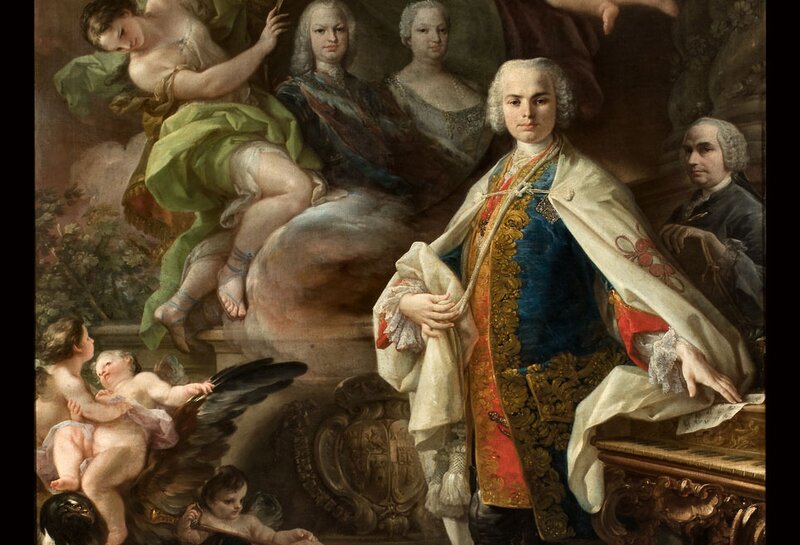Veranstaltungen

A Modest Interpretative (and Practical) Proposal
Carlo Broschi Farinelli (1705–1782) is seen today as a mythological creature out of time, often without taking in consideration the informations about his life, skills, and performative approach, given by archival and musical sources. Most of the commonly accepted informations about his artistry are actual fake news.
The beautifully decorated manuscript 19111 of the National Library of Vienna is one of the most exciting sources for scholars and performers interested on the topic, and preserves arias with the original set of embellishments sung by the singer himself. Dealing with paper documentation, iconography, and music source disseminated in all Europe, Stefano Aresi will reconstruct the issues and the problem-solving procedures he faced dealing as a musicologist and as a conductor working to the first complete recording of music copied in the manuscript.
Figure: Carlo Broschi Farinelli, painted by Corrado Giaquinto (ca 1753, wikicommons)
KALENDER
- 6. Dezember 2025Global Piano Roll Meeting – Prelude #11
We are pleased to announce that the Global Piano Roll Meeting series will continue.
mehr lesen
The next prelude... - 17. Dezember 2025Forschungs-Mittwoch Verborgene Schätze
Der Online-Katalog der HKB-Musikbibliothek umfasst zahllose Bücher, Tonträger und Noten –...
mehr lesen - 12. Januar 2026Mikroton
Nach der erfolgreichen Premiere dieses Formats anlässlich Pierre Boulez’ 100. Geburtstag im März...
mehr lesen - 18.–20. März 2026Postdigital
Nähere Informationen folgen.
mehr lesen - 8. Mai 2026Tagung Musikpädagogik
Nähere Informationen folgen.
mehr lesen